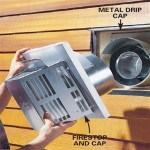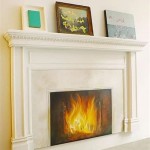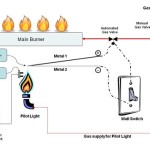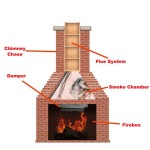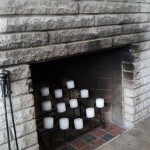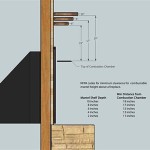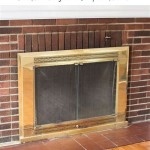Outdoor Fireplace Clearance Requirements: Ensuring Safety and Enjoyment
An outdoor fireplace can be a wonderful addition to any backyard, providing warmth, ambiance, and a gathering place for friends and family. However, it is crucial to prioritize safety when installing and using an outdoor fireplace. This includes adhering to specific clearance requirements that help prevent fire hazards and ensure the longevity of your fireplace. This article will delve into the essential outdoor fireplace clearance requirements, providing valuable insights into ensuring safe and enjoyable experiences.
Combustible Materials: Understanding the Risks
Outdoor fireplaces, whether built from brick, stone, or metal, generate significant heat. This heat can easily ignite combustible materials placed too close to the fireplace, posing a serious fire risk. To mitigate this risk, specific clearance distances must be maintained between the fireplace and any combustible materials. These materials include:
- Wood structures like decks, fences, and sheds
- Dry vegetation and landscaping
- Flammable materials like outdoor furniture, curtains, and rugs
- Building materials like siding, roofing, and eaves
The exact clearance distances vary depending on factors like the type of fireplace, its size, and the materials used in its construction. However, general guidelines suggest maintaining at least 10 feet of clearance from any combustible materials. This distance provides a buffer zone to prevent the heat from reaching flammable surfaces and igniting them.
Combustible Materials: Understanding the Risks
Outdoor fireplaces, whether built from brick, stone, or metal, generate significant heat. This heat can easily ignite combustible materials placed too close to the fireplace, posing a serious fire risk. To mitigate this risk, specific clearance distances must be maintained between the fireplace and any combustible materials. These materials include:
- Wood structures like decks, fences, and sheds
- Dry vegetation and landscaping
- Flammable materials like outdoor furniture, curtains, and rugs
- Building materials like siding, roofing, and eaves
The exact clearance distances vary depending on factors like the type of fireplace, its size, and the materials used in its construction. However, general guidelines suggest maintaining at least 10 feet of clearance from any combustible materials. This distance provides a buffer zone to prevent the heat from reaching flammable surfaces and igniting them.
Non-Combustible Materials: A Safer Choice
To further enhance safety, consider incorporating non-combustible materials in the vicinity of your outdoor fireplace. This includes materials like bricks, concrete, metal, and stone. These materials are designed to withstand high temperatures without catching fire. Examples include:
- Surrounding the fireplace with a patio made of concrete or pavers
- Using a metal fire screen to protect nearby objects
- Placing non-combustible furniture, like metal chairs, near the fireplace
- Creating a barrier between the fireplace and combustible surfaces using a stone wall or a metal fence
By incorporating non-combustible materials, you create a safe zone around the fireplace, minimizing the risk of fire hazards.
Beyond Clearance: Additional Safety Measures
While clearance requirements are fundamental, they are not the sole safety measures. It is equally important to consider other factors that can contribute to fire safety, such as:
Fireplace Construction:
Ensure the fireplace is built according to local building codes and standards. Hiring a qualified professional for construction is highly recommended.Chimney Maintenance:
Regular chimney cleaning and inspections are essential to prevent creosote buildup, which can lead to chimney fires.Fuel Storage:
Store firewood a safe distance from the fireplace, ideally in a covered and dry location.Fire Extinguisher:
Keep a fire extinguisher readily available near the fireplace.Supervision:
Never leave a burning fireplace unattended. Ensure someone is present to monitor the fire and address any potential hazards.Wind Conditions:
Be mindful of wind direction and intensity before starting a fire. Strong winds can spread embers and increase the risk of fires spreading to surrounding areas.
Implementing these safety precautions alongside adhering to clearance requirements creates a comprehensive safety plan for your outdoor fireplace, ensuring a safe and enjoyable experience for you and your guests.

Fireplace Chimney Clearances Information Canadian

Fireplace Hearth Extension Rules Structure Tech Home Inspections

How To Build Install A Fireplace Mantel We Love Fire

Fireplace Construction

Fireplace Safety And Codes

What You Need To Know When Building A Gas Fire Pit Enclosure Fine S

How Fireplace Inserts Work We Love Fire

2024 International Residential Code Irc Icc Digital Codes

Outdoor Lifestyles Odcoug 36nr Gas Fireplace Instruction Manual

Can I Put A Fire Pit On My Wood Deck Woodlanddirect Com

